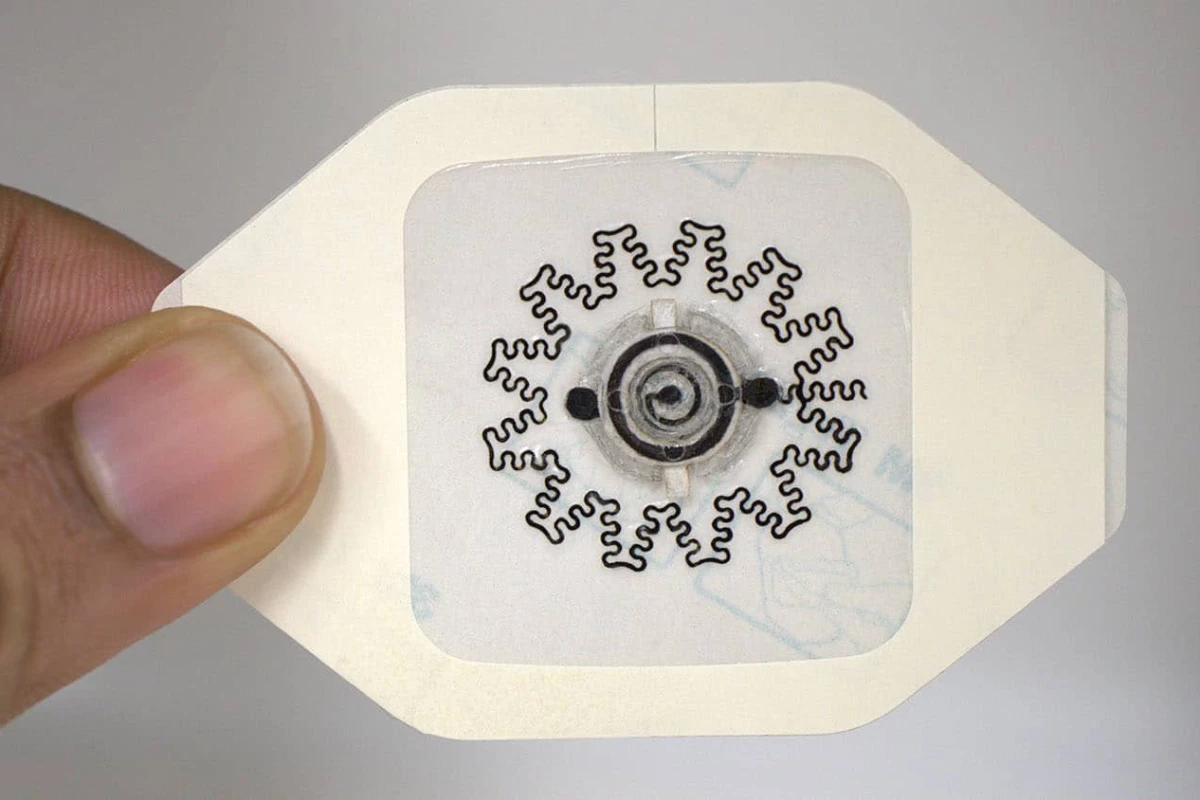For some time now, scientists have known that electrical stimulation speeds the healing of chronic wounds such as diabetic skin ulcers. A thin, flexible, inexpensive new bandage delivers that healing current right to the wound site, and it's activated simply by adding water.
First of all, just how does electricity promote healing? Well, as a mild electric current travels through the damaged tissue, it accelerates tissue closure by speeding the rate at which keratinocytes (skin cells) migrate into the wound site. It also reduces infection by killing bacteria.
A number of wound-zapping dressings have been designed with this fact in mind, although they are not without their limitations. Some, for instance, incorporate relatively thick batteries and other electronics, making them both costly and awkward to wear.
Others forgo a battery for a wirelessly delivered power supply, although they require patients to remain close to a transducer coil that emits an electromagnetic field. This setup severely limits the patient's mobility.
That's where the experimental new WPED – or Water-Powered Electronics-free Dressing – comes in.
Developed by a team of American and Korean scientists, it takes the form of an off-the-shelf adhesive-back bandage with two electrodes added to its underside and a thin flexible battery on its topside. When the single-use bandage is applied directly to a chronic wound, the electrodes conform to the contours of the damaged tissue.
The battery consists of a magnesium anode and a silver chloride cathode, which are separated by a layer of cellulose impregnated with sodium chloride. As long as that cellulose remains dry, the battery stays inactive. Once the cellulose separator has been wetted with a drop of water, however, ions are able to travel through it, moving from the anode to the cathode.
As a result, the battery starts producing a ~1.5-volt radial electric field which is emitted via the electrodes into the underlying tissue. One application of water should be good for up to seven hours of electrical stimulation, after which time the separator will have dried out. We're told that rewetting it would be good for about another two hours of battery activation, but because the WPED is so inexpensive – roughly one US dollar a pop – it would be best to just apply a fresh one and discard the old one.
Importantly, the bandage could be self-applied and activated by patients in their own homes. It would then remain securely and unobtrusively in place as they went about their daily activities, delivering its healing current as they did so. In lab tests performed on mice, diabetic skin ulcers treated with the WPED healed approximately 30% faster than wounds treated with conventional bandages.
"Next steps for us include additional work to fine-tune our ability to reduce fluctuations in the electric field and extend the duration of the field," says North Carolina State University's Asst. Prof. Amay Bandodkar, co-corresponding author of the study. "We are also moving forward with additional testing that will get us closer to clinical trials and – ultimately – practical use that can help people."
A paper on the research (which also involved scientists from Columbia University, Beth Israel Deaconess Medical Center, Georgia Tech, Korea University and the Korea Institute of Science and Technology) was recently published in the journal Science Advances.
Source: North Carolina State University




